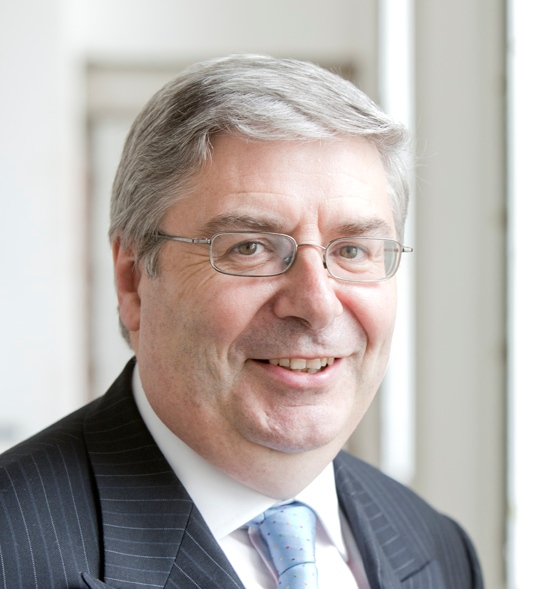The Museum of Fine Art in St Petersburg opened in 1965 in a fine neoclassical building located along the ocean front, designed by architect John Volk. Growth in visitor numbers and in the permanent collection necessitated expansion and in March 2008 a substantial addition was opened, designed by HOK to respect and enhance the original building and to provide special exhibition galleries, a classroom for school visits, interactive education gallery, shop and café in addition to library and stores.
The Museum has a fine collection ranging from ancient Greek art to modern digital art and is particularly rich in French artworks. To celebrate its 50th anniversary it is holding two exhibitions, both linked to its own collections.
Monet to Matisse—On the French Coast explores how impressionist and modern artists recorded both the natural and the urban landscapes of the Atlantic and the Mediterranean coasts of France, including working harbours and the glamour of the French Riviera. With loans from public and private collections in North America and Europe, this exhibition includes works from Eugène Boudin, Claude Monet, Pierre-Auguste Renoir, Henri Matisse, Paul Signac, Raoul and Jean Dufy, and Pablo Picasso and links to the Museum’s own permanent collection and to its location on the Pacific coast of Florida.
Opening this weekend, Ukiyo-e, or “images of the Floating World,” draws on the Museum’s own collection of Japanese prints and shows prints of the eighteenth and nineteenth centuries that depict the life in Japan with geishas, kabuki actors, sumo wrestlers, ghosts and demons and landscapes by artists such as Utamaro, Hokusai, Hiroshige, and Yoshitoshi.
Japanese prints were collected in the west. Many museums have good collections, as did many artists including Claude Monet. This exhibition continues into the twentieth century where international exchange influenced Japanese prints, and the prints also had an effect on printmaking in Europe and America.
Two exhibitions which reinforce the strength of the existing collections of the Museum and illustrate how far they have developed over the last 50 years. Here’s to the next 50……




